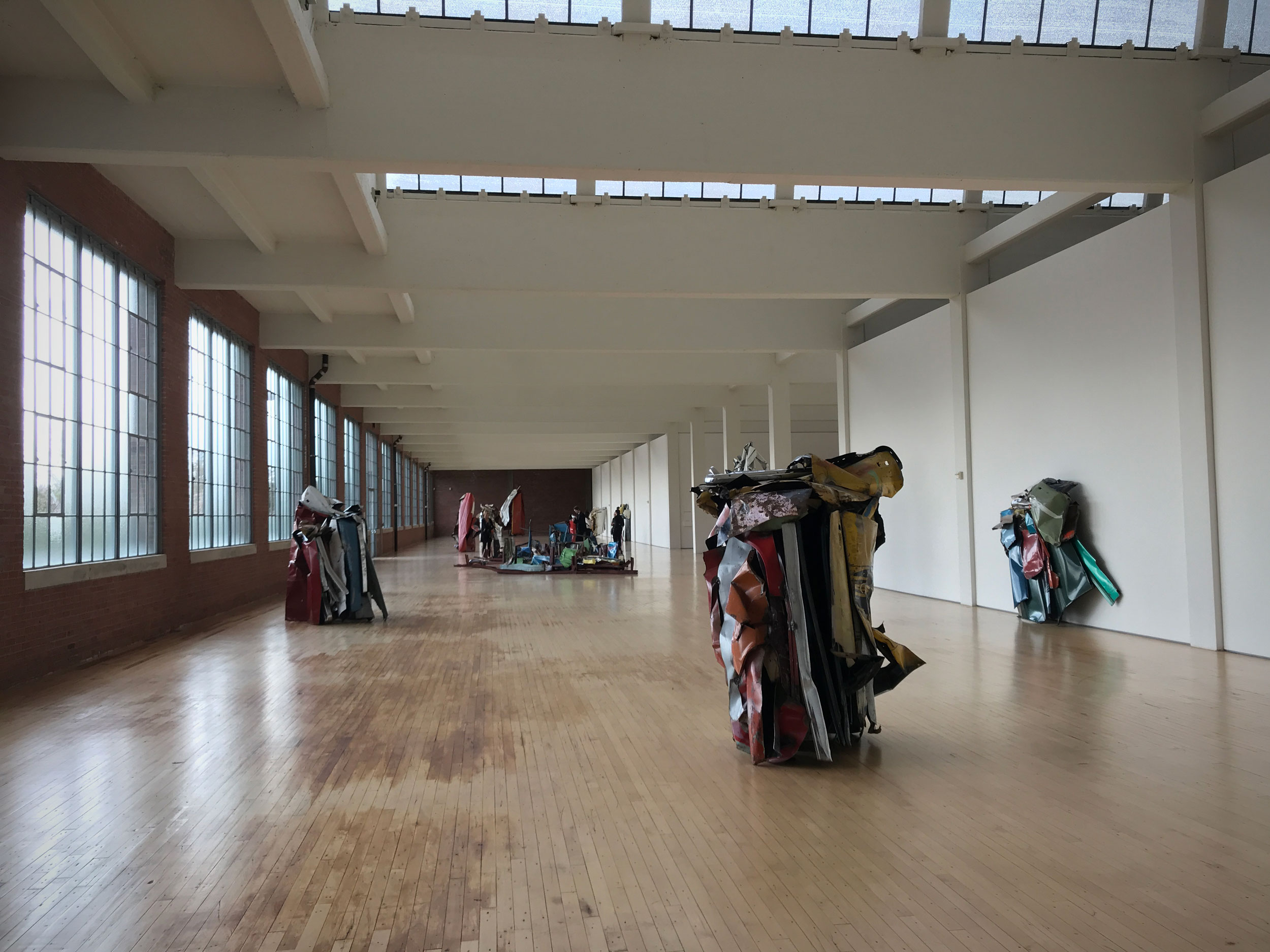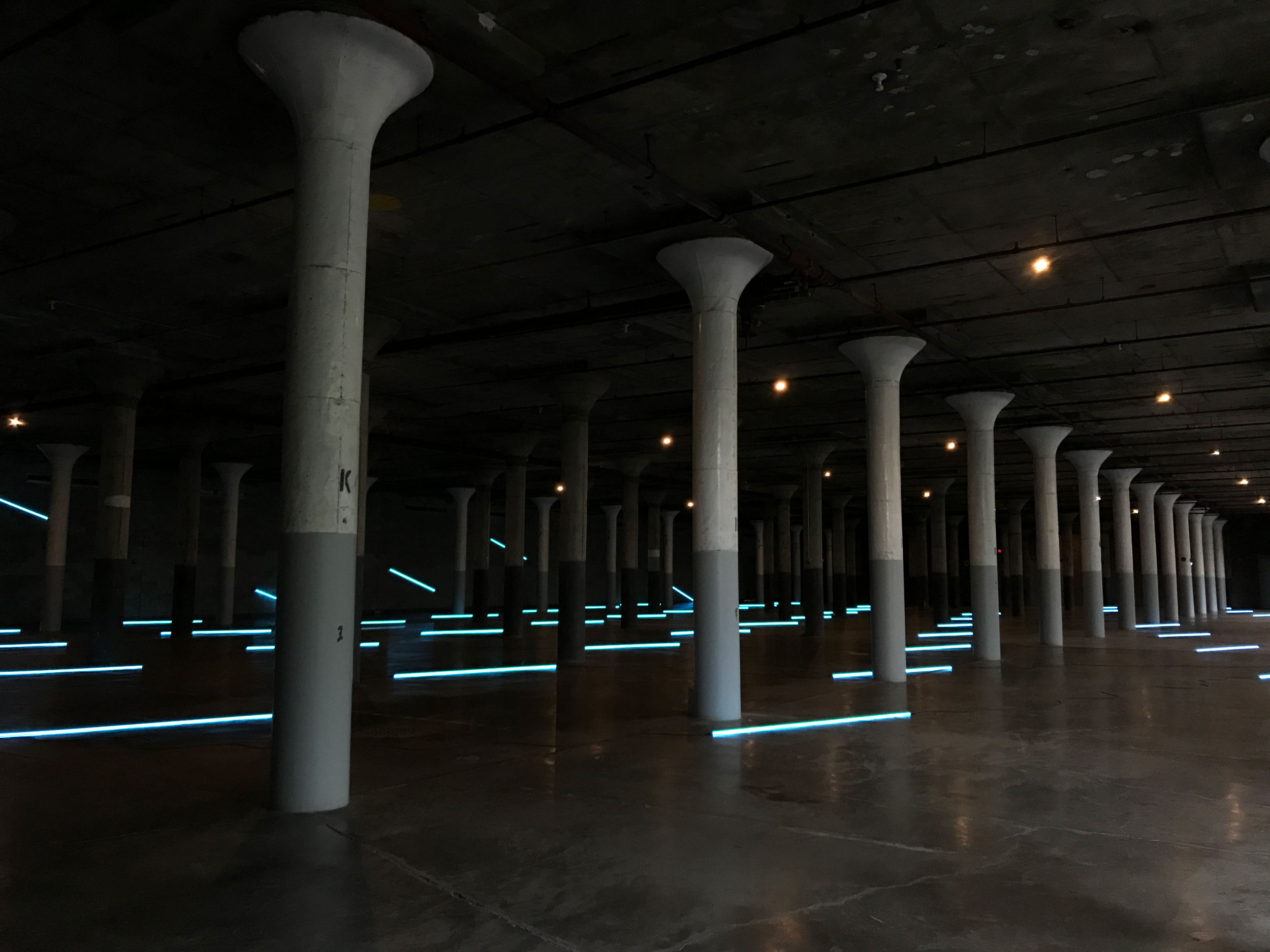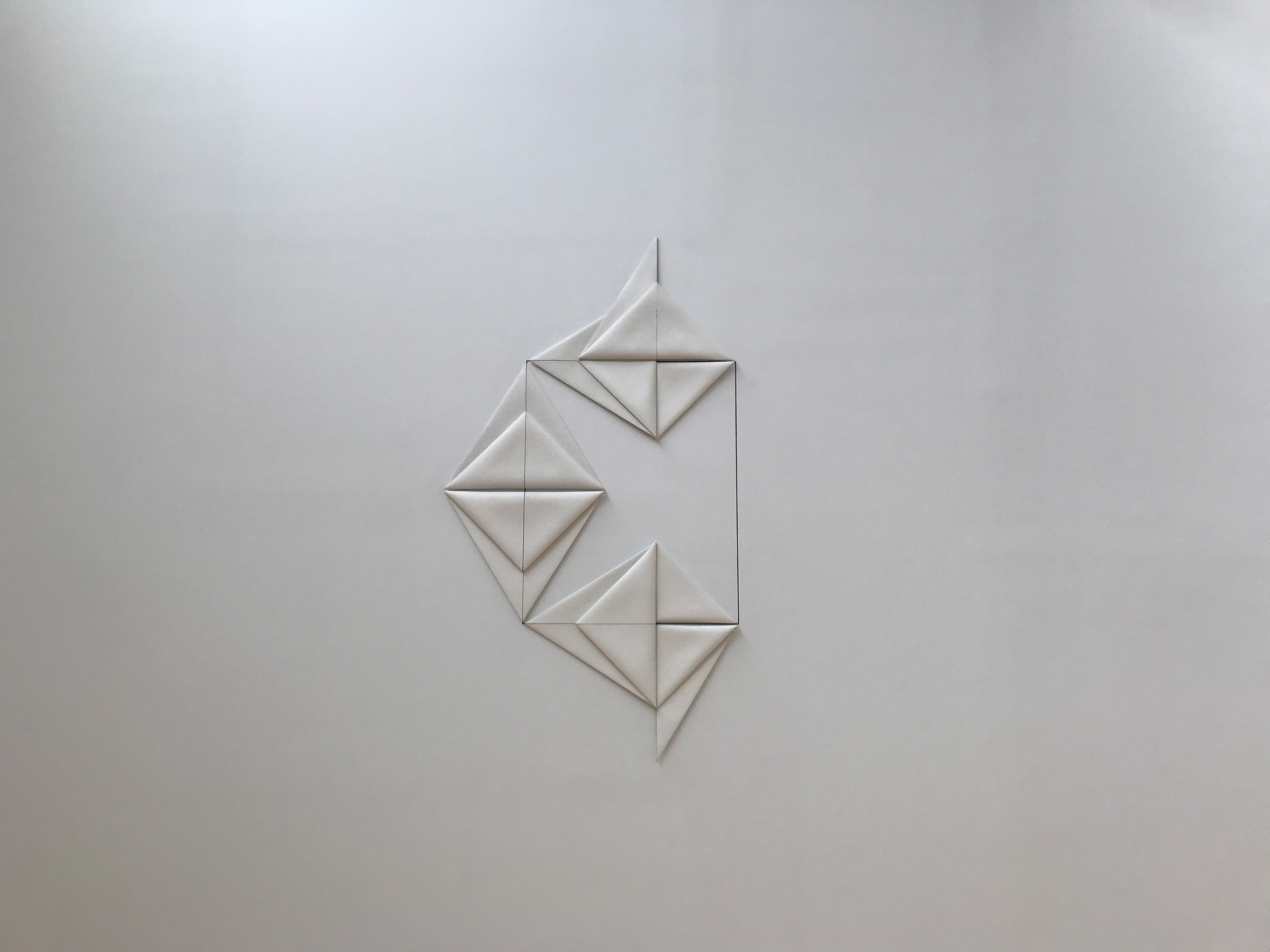Dia:Beacon
Dia:Beacon is a museum of contemporary art with more exhibition space than Manhattan’s Guggenheim, Whitney Museum, and MoMA combined. With 160,000 square feet (15,000 m2), it is one of the largest exhibition spaces in the country for modern and contemporary art. It is located in a former box-printing plant built in 1929 by Nabisco (National Biscuit Company).
Dia Art Foundation pioneered the conversion of industrial buildings for the installation of contemporary art, a practice and aesthetic now widely adopted by museums and galleries internationally. The 16-foot-high ceilings, sawtooth skylights, and gigantic interior spaces are well suited to the needs of large-scale installations, paintings, and sculptures, and an appropriate setting for its permanent collection of art from the 1960s to the present. Each gallery was designed specifically for the art it contains, considering Donald Judd’s and Richard Serra’s sculptures are massive. Nearly all of the important late 20th-century art movements like abstract expressionism, minimalism, conceptual, and pop art are represented in its galleries.
Inspiring, magnificent, substantial or astounding, are words that fall short when it comes to describing the experience. And among this level of excellence, two artists touched me particularly:
Michael Heizer and Dorothea Rockburne.
Michael Heizer, North, East, South, West, 1967/2002.
Michael Heizer, North, East, South, West, 1967/2002.
Michael Heizer, North, East, South, West, 1967/2002.
Dorothea Rockburne, Egyptian Painting: Scribe, 1979.
Dorothea Rockburne, Egyptian Painting: Scribe, 1979.
Dorothea Rockburne, Egyptian Painting: Sepa, 1980.









